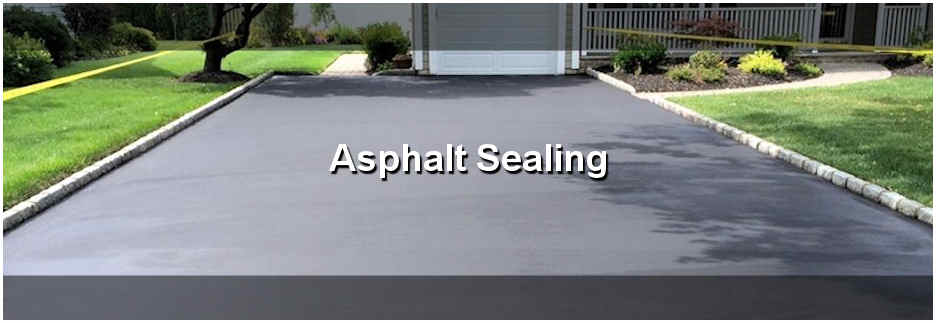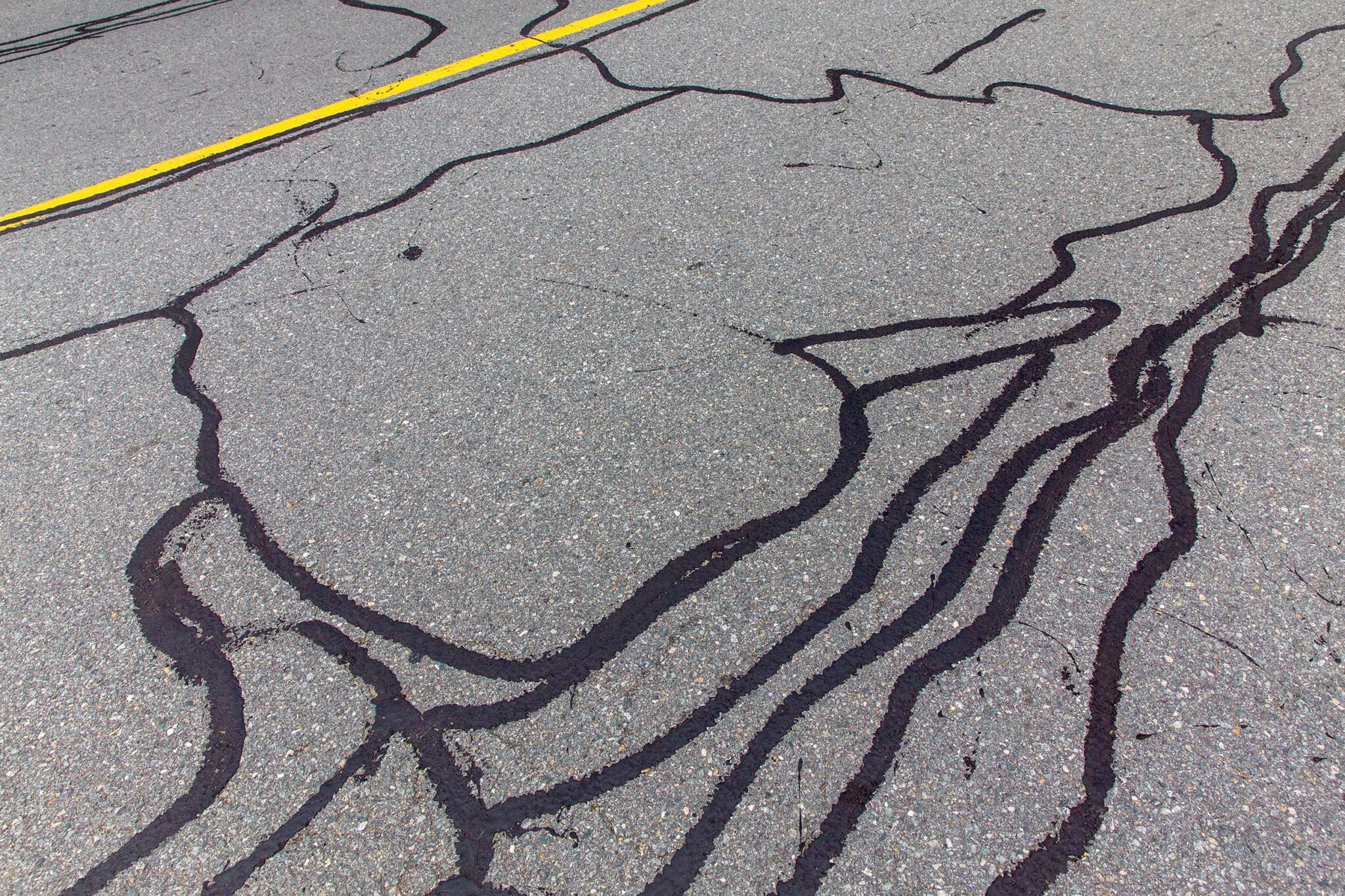Warm Mix Asphalt: A Sustainable Remedy for Pavement
Hot Mix Asphalt (HMA) has emerged as a leading lasting choice for sidewalk remedies, using a myriad of ecological benefits and innovative modern technologies. As the need for environmentally friendly building and construction techniques grows, checking out the subtleties of HMA's sustainability can supply beneficial insights into the future of pavement solutions.
Environmental Advantages of Hot Mix Asphalt

Furthermore, Hot Mix Asphalt helps to alleviate metropolitan warmth island impacts. Its dark color absorbs sunshine, minimizing the amount of warmth showed back right into the ambience contrasted to lighter-colored sidewalks. This can lower ambient temperature levels in metropolitan areas, lowering the need for cooling and eventually reducing power consumption.
On top of that, Warm Mix Asphalt adds to improved stormwater monitoring. Its permeable nature permits water to reenergize and infiltrate the sidewalk groundwater materials, minimizing overflow and the danger of flooding. These ecological benefits make Warm Mix Asphalt a sustainable choice for leading roads and highways.
Power Efficiency in HMA Production
Is power efficiency an essential variable in the production of Hot Mix Asphalt (HMA)? Definitely. Energy plays a considerable role in the production of HMA, impacting both cost and ecological sustainability. One key aspect of energy efficiency in HMA production is the usage of cozy mix asphalt (WMA) technologies (hot mix asphalt). WMA permits the blending and placement of asphalt at reduced temperature levels compared to traditional hot mix asphalt, causing reduced energy usage throughout production. This process not just decreases gas use but likewise reduces greenhouse gas discharges, making it a more eco pleasant choice.
In addition, improvements in plant innovations have resulted in more energy-efficient HMA manufacturing processes. Modern plants are designed with attributes like recycled asphalt sidewalk (RAP) processing capacities, efficient burner systems, and boosted insulation, all adding to power savings. By maximizing power usage in HMA production, the sector can minimize its carbon footprint while keeping high-grade pavement materials. Power efficiency is, consequently, an essential consideration in making certain the sustainability of Hot Mix Asphalt manufacturing.
Recyclability of Warm Mix Asphalt
The recyclability of Hot Mix Asphalt (HMA) is a crucial aspect of its sustainability and long-term ecological influence. HMA is among the most recycled materials in the USA, with over 100 million loads of reclaimed asphalt sidewalk (RAP) being recycled each year in new pavement construction. Recycling HMA provides several environmental advantages, such as decreasing the need for virgin materials, reducing power consumption during manufacturing, and reducing the quantity of waste sent out to land fills.
The process of reusing HMA entails crushing the existing sidewalk, squashing it into smaller items, and mixing it with brand-new aggregate and asphalt binder to create a recycled mix. This recycled mix can typically carry out as well as or also much better than standard HMA, while calling for fewer resources and creating lower greenhouse gas discharges. By including RAP into brand-new sidewalk tasks, road agencies can conserve natural resources, minimize expenses, and reduce the environmental impact of roadway building and upkeep activities. On the whole, the recyclability of HMA plays a significant duty in promoting lasting practices within the sidewalk sector.

Long-Term Performance of HMA
Asphalt pavements show sturdiness and find out this here resilience over an extensive period, reflecting the lasting efficiency of Hot Mix Asphalt (HMA) Furthermore, developments in HMA innovation, such as the usage of polymer-modified binders and warm mix asphalt, have actually better enhanced the toughness and long life of HMA sidewalks. By prioritizing quality construction and upkeep techniques, HMA proceeds to show itself as a affordable and sustainable option for lasting sidewalk infrastructure.

HMA: Longevity and Sustainability
Showing both sturdiness and sustainability, Hot Mix Asphalt (HMA) has come to be a foundation in the building and construction of lasting pavement frameworks - regrading. HMA's resilience comes from its capacity to withstand hefty lots, extreme weather, and high web traffic volumes, making it a dependable choice for streets, freeways, and airport paths. The composition of HMA, which commonly includes aggregates, binder, and filler, plays an important role in enhancing its durability and resistance to tear and wear
In addition, HMA's sustainability exists in its recyclability and energy-efficient production procedure. The capability to reuse redeemed asphalt sidewalk (RAP) in new HMA mixes decreases the demand for virgin products and decreases the environmental impact of pavement building and construction and maintenance. Additionally, the energy efficiency of generating HMA exists in its reduced mixing temperatures contrasted to other sidewalk materials, resulting see this here in decreased energy consumption and greenhouse gas emissions.
Conclusion
To conclude, hot mix asphalt (HMA) offers a sustainable option for pavement with its ecologically pleasant attributes. HMA's recyclability, energy efficiency in manufacturing, and lasting resilience make it a green selection for road construction. By conserving natural deposits, lowering waste, and reducing greenhouse gas discharges, HMA plays a critical function in advertising sustainability in facilities development. Its capacity to reduce urban warmth island effects further emphasizes its relevance in producing resilient and eco mindful sidewalk systems.
HMA is one of the most recycled products in the United States, with over 100 million lots of redeemed asphalt pavement (RAP) being reused yearly in brand-new sidewalk construction.The process of reusing HMA includes crushing the existing pavement, squashing it right into smaller pieces, and mixing it with brand-new accumulation and asphalt binder to create a recycled mix.Asphalt sidewalks demonstrate sturdiness and durability over a prolonged period, reflecting the long-term efficiency of Warm Mix Asphalt (HMA) Additionally, advancements in HMA look at this now technology, such as the use of polymer-modified binders and warm mix asphalt, have actually further improved the longevity and longevity of HMA sidewalks. The ability to reuse reclaimed asphalt sidewalk (RAP) in new HMA combinations minimizes the need for virgin materials and reduces the ecological effect of sidewalk building and maintenance.